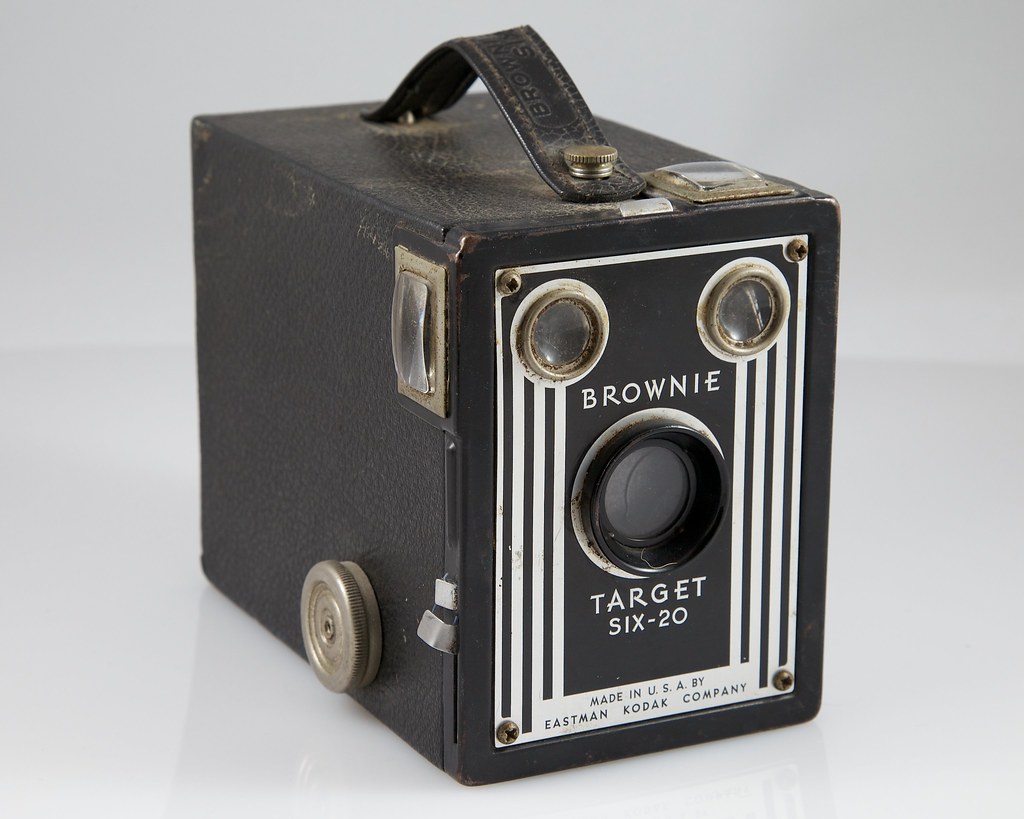From where I sit, my right hand
can stretch forth and get an iPad, a Kindle, stationery, a Spanish dictionary,
a rubber band ball, reading glasses, a Snow White tin of pens, pencils and
markers, earphones, wipes for glasses, a magnifying glass, a Bluetooth loudspeaker,
pills, a Catalan dictionary and so on.
My left hand can reach out and encompass more pens, pencils and markers,
a ‘spare’ mobile phone, an internet radio, usb hub, a three-drawer trolley
which is filled with even more impedimenta.
So why, I ask myself, when I
needed to write down book details from an article that I was reading on the
Internet, did I scribble them down with a stub of a pencil on the back of an
envelope? Within the scope of both right
and left hands there is a stick-it note pad and more writing implements than I
can ever need during the course of a normal day. So why, when something is needed did I make
do with the makeshift?
I have to admit that I am only
slowly becoming a user of the mobile phone.
I don’t mean that in any ordinary sense, I have had a mobile phone for a
long time and have changed my phones with a regularity that had brought delight
into planned obsolescence hard-hearted capitalists through the years. I also have to admit that I have rarely used
the mobile phone as, well, a mobile phone.
In the early years when the
functions of the phone were really limited to making and receiving calls, I
think that my possession of such a machine was more of a status symbol than
anything else. And, of course, because
it was a gadget and therefore it was something that I had to possess.
 Now that mobile phones do so much
more than merely allow people to connect via voices, I find that I use the ‘phone’
function even less than I used to. I
read The Guardian on my phone, I read books, I use the Internet,
Now that mobile phones do so much
more than merely allow people to connect via voices, I find that I use the ‘phone’
function even less than I used to. I
read The Guardian on my phone, I read books, I use the Internet,
I play games
(I am ashamed to admit that I am something of an addict of Candy Crush – it encourages
that partial mindlessness that is so relaxing) and I take photos.
The first time someone actually
phoned me on my present phone (a Huawei P20 Pro) I couldn’t work out how to
answer it and had to phone the person back after I managed to cut her off with
all my frantic finger prodding of the screen.
My purchase of the P20 Pro (and I had to look up the name of the damn
thing on the Internet to get it right, and that indicates where my prejudices
lie!) was largely influenced by the fact that there were lots of lenses on the back
of the case and that the camera had been developed in association with Leica –
and, let’s face it, that is about as far as I am likely to get to owing a real
one. So, I bought it because it was a
camera that I could read, so to speak.
But I still have the remnants of what
one might call the ‘Box Brownie’ mentality where each photograph taken was
using up part of the film that one had threaded (with care and difficulty) onto
the spindles. Each photograph had to be
developed, each photograph was precious and expensive, its quality being linked
to the fact that a photograph was part of a slow laborious process, there was
nothing instant about it: buying the film, using the film, developing the film
all combined to give an almost ritualistic feel to the whole rigmarole of
taking a photograph.
Now digital photos are truly
instant – though the physicality of what used to be the photograph has now all
but disappeared: the camera is the photograph. When was the last time that I actually printed
out a photograph that I had taken? The
fact that I have to think about it (and I am still thinking about it) shows how
long ago that was and what an occasion it must have been!
But I still behave as if each
photograph was on film, as if each skeuomorphic[1]
click (or whatever recorded sound you have playing on your phone) was the
introduction of an element of cost in the production of a concrete piece of
visual information. But, nowadays, the
camera is used as an aide memoire, as
something to be used casually and then discarded as a visual reminder.
Which brings us back to the back
of the envelope. It didn’t occur to me
to take a shot of the screen, or even a screen shot (as if I knew how to do
that!) and save it for future use. For
something like book information, I needed to be the ideal of the scholar that I
will never be, and scribble something down, to make it real, so that at a later
date I could riffle through all my notes and marginalia and references and play
at learning!
But, there is a function in all
this writing: I find that things are more real when I read about them – even if
I am reading what I have just written! So,
this might be taken to be a note to myself to make my life easier and remember
that a digital photo, is just a free(ish) image that is just as useful, if not
more so, that a fugitive scrap of paper that is in constant danger of being
tidied up and lost.
As if I haven’t lost things on
the computer, or on the phone. But that
is for another blog!
It
is thanks to the Open University and a unit on Greek vases that I came across
the word Skeuomorphic and I wholeheartedly recommend this essay because it says
something about ancient tastes and a twisted modern interpretation of what they
might have been at the same time. It is
a good read: https://www.academia.edu/8587519/Skeuomorphism_in_ancient_Greece_a_cost_analysis



